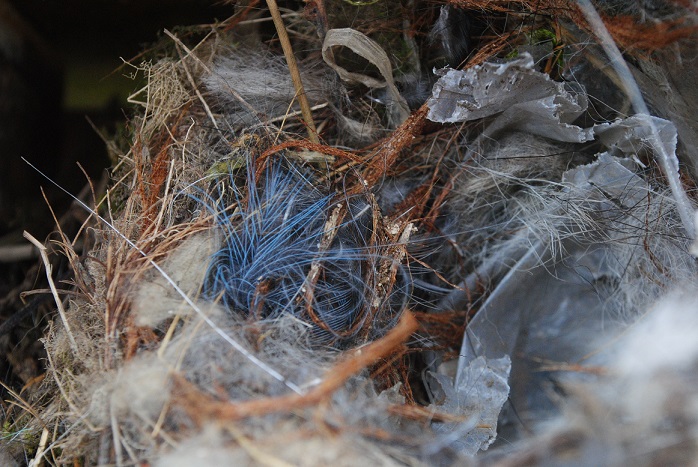A crisp sunny day in late October, just before the rains return, seemed the perfect window to visit Kubota Garden, a short drive from my home. Almost a year to the date, I returned to this Japanese style garden, created by Fujitaro Kubota in the 1920s.
Kubota’s Legacy
Kubota emigrated from Japan and started his own gardening business. His notable projects included Seattle University and Bloedel Reserve, among many others. He initially purchased five acres to begin his lifelong work, and expanded it to 30 acres a few years later. Sadly, as with others of Japanese descent, he had to leave his business and garden during World War II, when he was sent to in internment camp in Minidoka, Idaho. I drove by a sign for Minidoka, on a recent road trip. I immediately recognized the name as a camp site. I had visited a similar camp at Manzanar, California years ago.
Kubota was lucky. Many Japanese lost everything when sent to the camps. Kubota was able to return to his land and rebuild his business with his sons.
Today the garden is owned and managed by the Seattle Parks department and the Kubota Garden Foundation. Admission is free. The high seasons are spring and fall, when the colors lure visitors in droves.
Here are some of the delights I found.






































